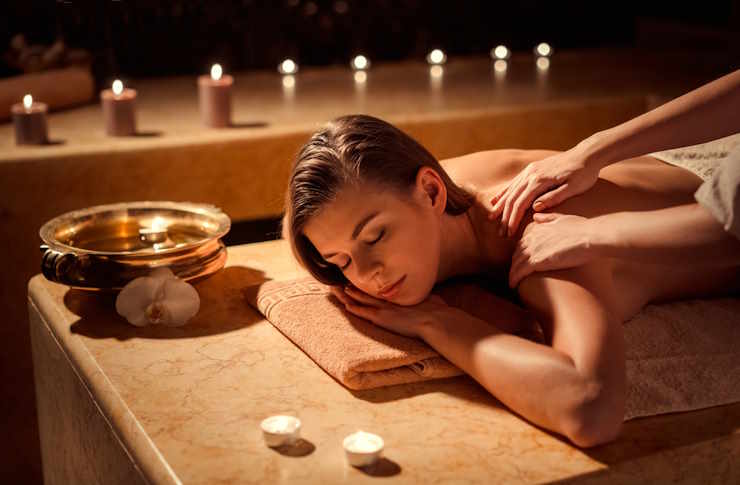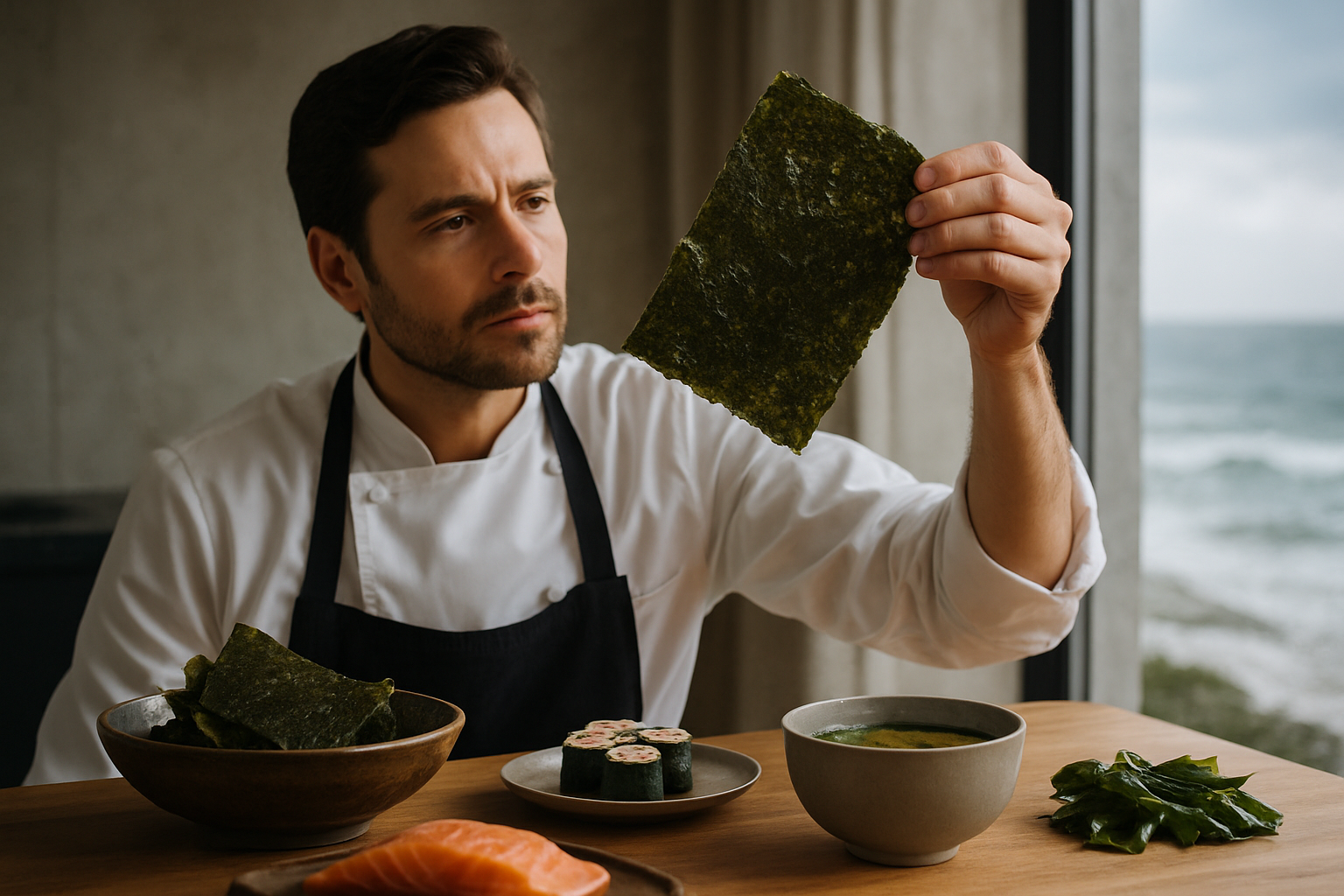Chromotherapy: The Spectrum of Wellness
In the ever-evolving landscape of beauty and fitness, a vibrant new trend is emerging that promises to revolutionize our approach to well-being. Chromotherapy, also known as color therapy, is gaining traction as a holistic method for enhancing both physical and mental health. This ancient practice, which harnesses the power of different colors to promote healing and balance, is now being integrated into modern wellness routines with surprising results. From specialized light treatments in spas to color-coordinated workout spaces, chromotherapy is painting a new picture of what it means to prioritize self-care. As we delve into this fascinating field, we'll explore how the strategic use of color is reshaping our understanding of beauty, fitness, and overall wellness.

Each color in the spectrum is thought to have unique properties that can influence our physical and emotional states. For instance, red is associated with stimulation and energy, while blue is linked to calm and relaxation. Green is believed to promote balance and harmony, and yellow is connected to mental clarity and optimism. By exposing the body to specific colors, practitioners aim to address various health concerns and enhance overall well-being.
The Science Behind the Spectrum
While skeptics may dismiss chromotherapy as pseudoscience, recent research has begun to shed light on the potential benefits of color therapy. Studies have shown that exposure to different colors can indeed affect physiological responses such as heart rate, blood pressure, and even hormone production. For example, a 2019 study published in the Journal of Physiological Anthropology found that exposure to blue light could significantly reduce stress levels and improve sleep quality.
The mechanism behind chromotherapy’s effects is thought to be related to how our bodies perceive and process light. Light enters the eyes and stimulates the hypothalamus, which regulates many of our body’s functions, including mood, sleep, and appetite. Different wavelengths of light (colors) may trigger varying responses in this system, potentially explaining the observed effects of chromotherapy.
Chromatic Fitness: Color-Enhanced Workouts
The fitness industry has begun to embrace chromotherapy, incorporating color science into workout environments and equipment. Gyms and fitness studios are experimenting with color-changing LED lighting systems that can be adjusted to enhance different types of exercises. For example, energizing red lights might be used during high-intensity interval training, while calming blue hues could accompany yoga or meditation sessions.
Some innovative fitness brands have even developed chromotherapy-infused workout gear. These products use specially designed fabrics that reflect specific light wavelengths onto the skin during exercise, purportedly to boost performance and recovery. While the effectiveness of such products is still being studied, early adopters report feeling more energized and focused during their color-enhanced workouts.
Beauty in Living Color: Chromotherapy Skincare
The beauty industry has also taken note of chromotherapy’s potential, with a new wave of color-based skincare treatments emerging. LED light therapy, which uses different colored lights to target specific skin concerns, has become increasingly popular in both professional settings and at-home devices. Red light is often used for anti-aging treatments, blue light for acne control, and green light for hyperpigmentation.
Beyond light-based treatments, some skincare brands are incorporating color theory into their product formulations and packaging. For instance, a line of color-correcting serums might use green-tinted products to neutralize redness or purple-hued formulas to brighten dull skin. While the efficacy of these products may vary, the attention to color psychology in beauty routines is undeniable.
Chromatic Harmony: Integrating Color Therapy into Daily Life
As awareness of chromotherapy grows, individuals are finding creative ways to incorporate color therapy into their daily routines. From carefully curated home decor palettes to color-coded meal plans, the principles of chromotherapy are being applied to various aspects of life.
One emerging trend is the use of chromotherapy in meditation and mindfulness practices. Guided visualizations that focus on specific colors are being used to enhance relaxation and promote emotional balance. Some practitioners even recommend “color breathing” exercises, where individuals imagine inhaling and exhaling different colored light to achieve desired mental states.
In the realm of nutrition, “eating the rainbow” has taken on new significance. While the concept of consuming a variety of colorful fruits and vegetables is not new, it’s now being linked to chromotherapy principles. Nutritionists and wellness coaches are encouraging clients to think about the energetic properties of different colored foods, in addition to their nutritional content.
As chromotherapy continues to gain momentum in the beauty and fitness world, it’s clear that this ancient practice is finding new relevance in our modern quest for holistic well-being. While more research is needed to fully understand the mechanisms and benefits of color therapy, its growing popularity speaks to our desire for natural, non-invasive approaches to health and wellness. Whether you’re basking in the glow of a color-changing LED mask or simply wearing your favorite hue to boost your mood, chromotherapy offers a vibrant new perspective on the pursuit of beauty and fitness. As we continue to explore the spectrum of wellness, one thing is certain: the future of self-care looks bright – and colorful.





